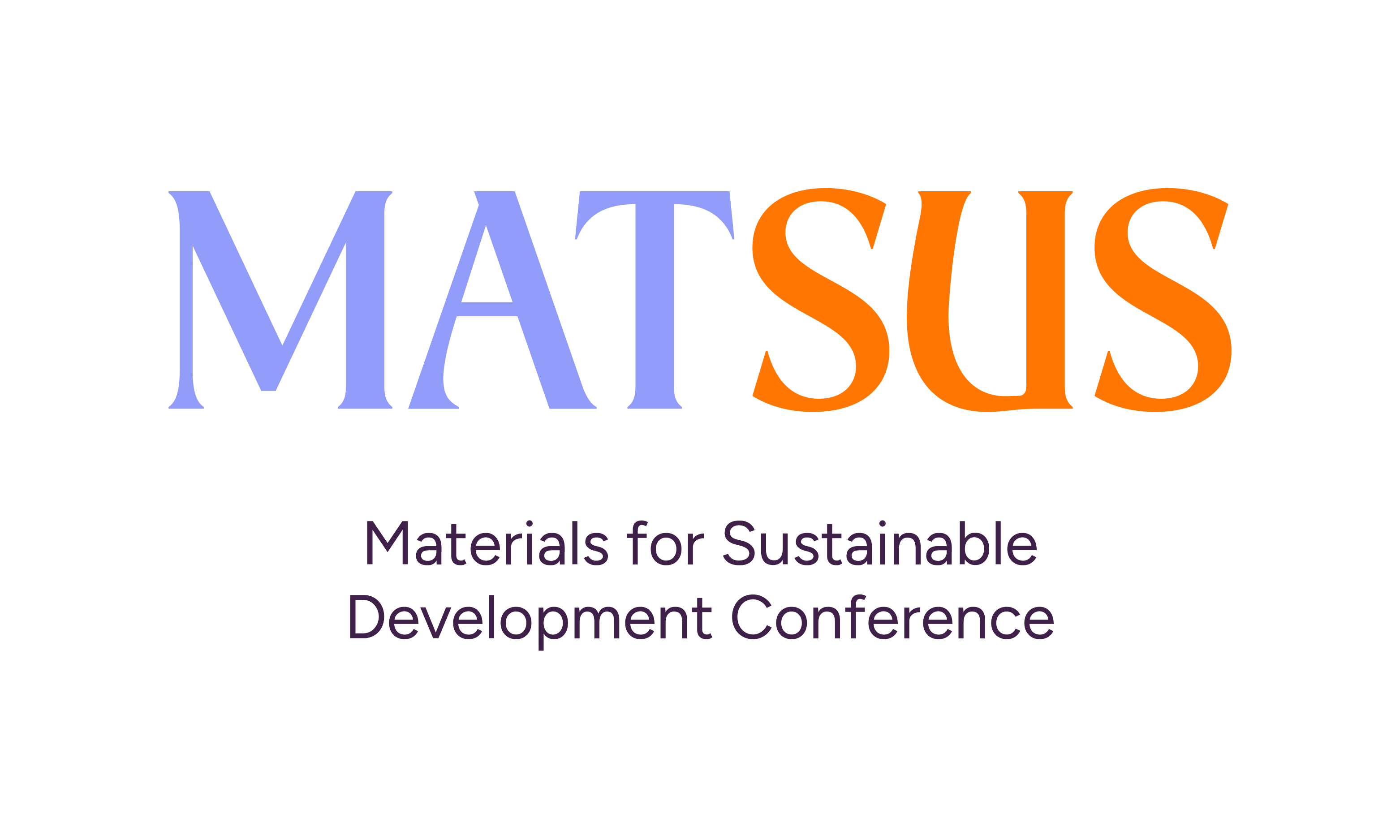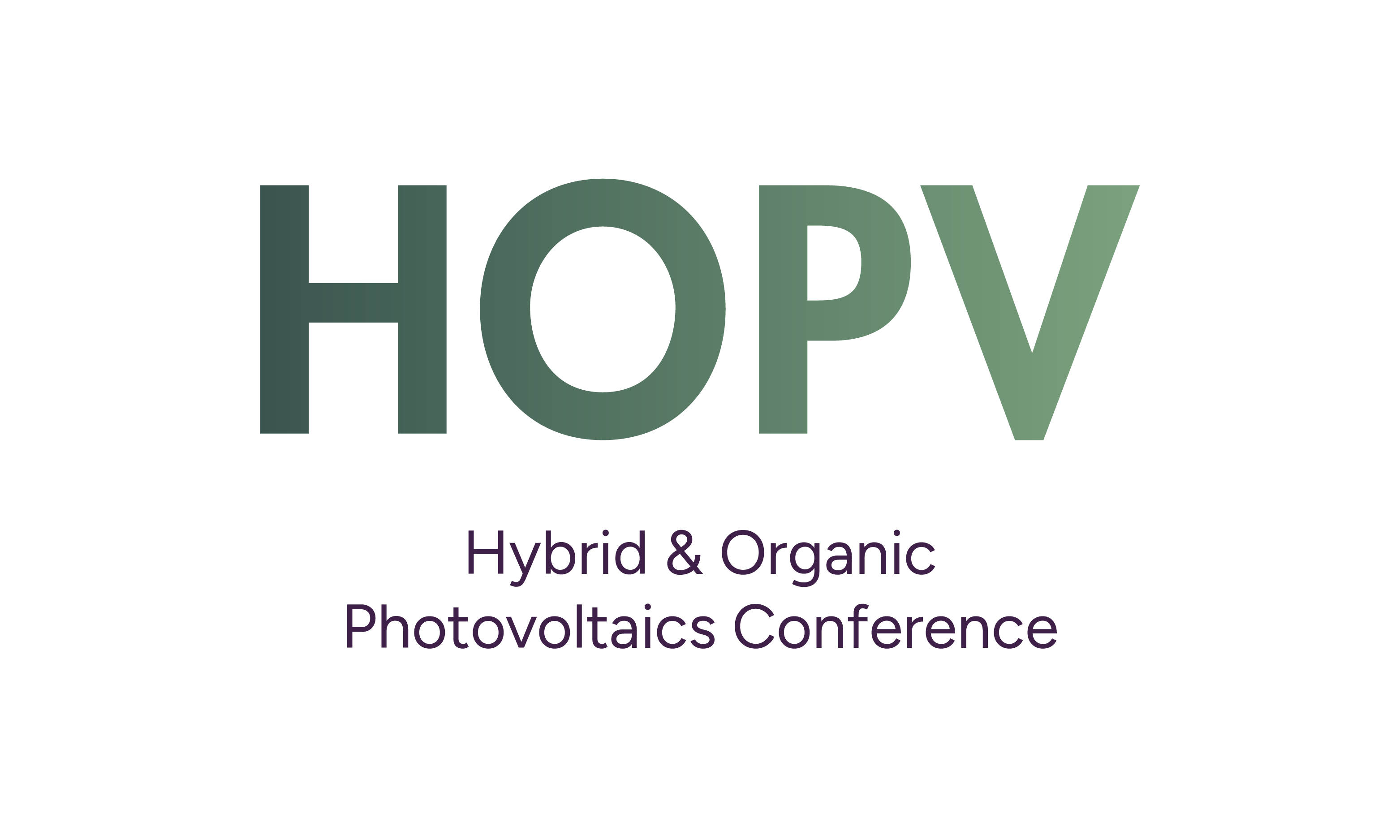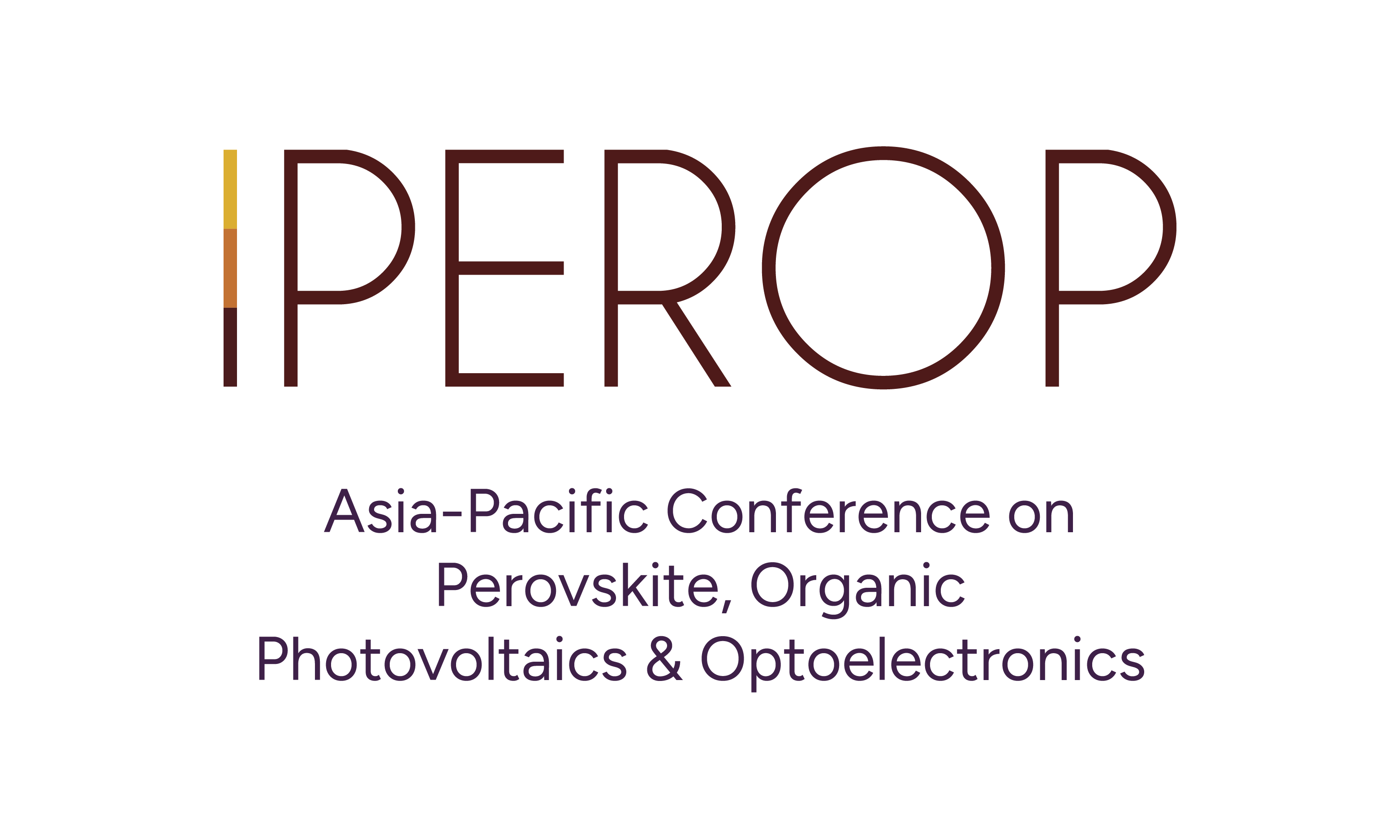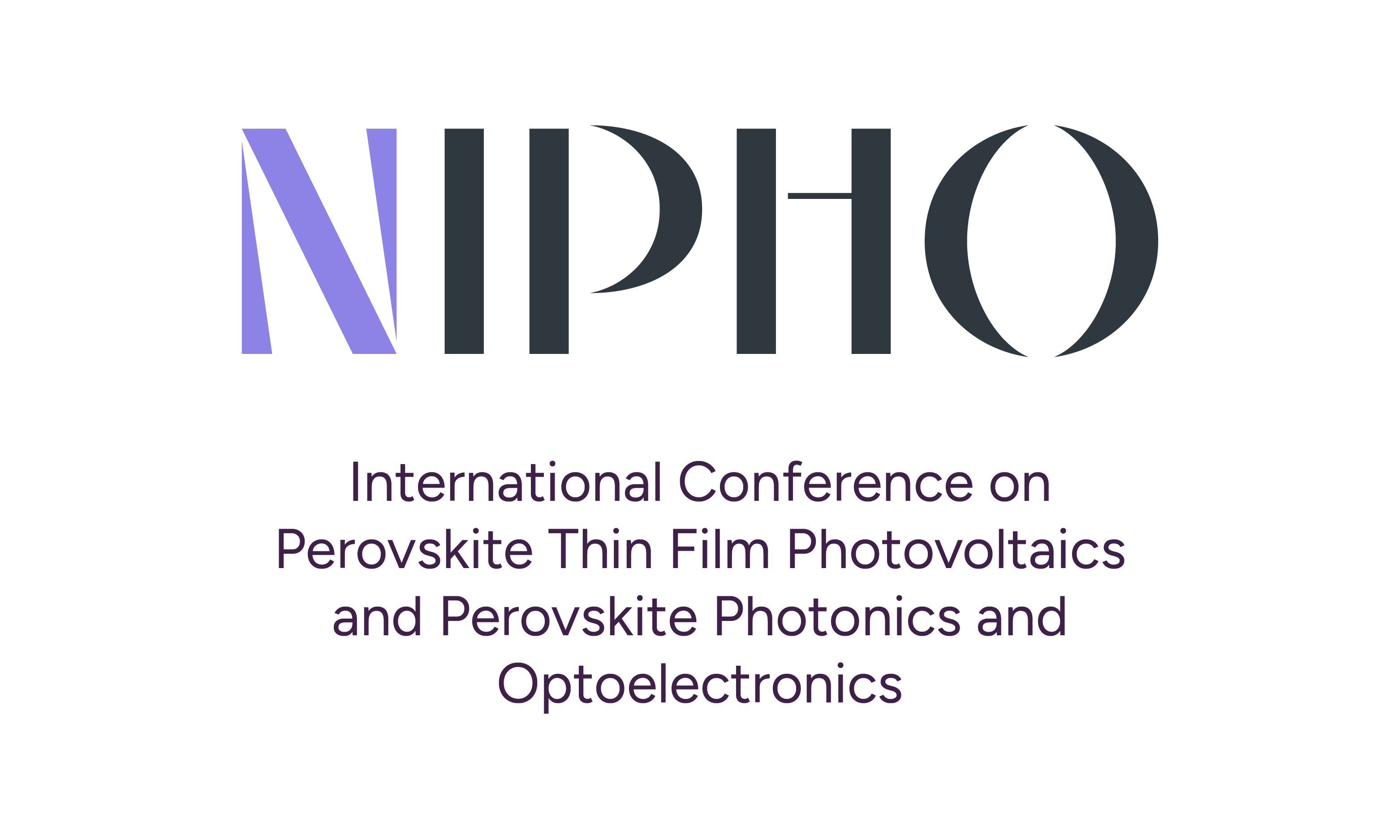La Canea, Greece, 8th - 10th October 2025
Conference organizers:
Maksym Kovalenko, ETH Zurich and Empa, CH
Grigorios Itskos, University of Cyprus
Maryna Bodnarchuk, EMPA - Swiss Federal Laboratories for Materials Science and Technology
València, Spain, 20th - 24th October 2025
Conference organizers:
Pablo P. Boix, Instituto de Tecnología Química (Universitat Politècnica de València − Consejo Superior de Investigaciones Científicas)
Ardemis Boghossian, Ecole Polytechnique Federale de Lausanne (EPFL)
Ana Flavia Nogueira, University of Campinas
Nagoya, Japan, 13th - 15th January 2026
Conference organizers:
Yutaka Matsuo, Nagoya University
Satoshi Uchida, The University of Tokyo
Pablo P. Boix, Instituto de Tecnología Química (Universitat Politècnica de València − Consejo Superior de Investigaciones Científicas)
Seigo Ito, University of Hyogo
Barcelona, Spain, 23rd - 27th March 2026
Conference organizers:
Raquel Galian, Universitat de València (UV), Spain
Liberato Manna, CompuNet, Istituto Italiano di Tecnologia (IIT), Genova
Paola Vivo, Tampere University
Ibiza, Spain, 6th - 8th May 2026
Conference organizers:
Francisco Fabregat-Santiago, Universitat Jaume I, Institute of Advanced Materials (INAM) - Spain
Sophia Haussener, Ecole Polytechnique Federale de Lausanne (EPFL)
Víctor A. de la Peña O'Shea, Institute IMDEA Energy, Spain
Uppsala, Sweden, 18th - 20th May 2026
Conference organizers:
Gerrit Boschloo, Uppsala University, Sweden
Ellen Moons, Karlstad university
Feng Gao, Linkoping University
Anders Hagfeldt, Department of Chemistry, Angstrom Laboratory, Uppsala University
nanoGe Conference Proceedings
Phishing warning
Be aware that nanoGe will never ask you to complete any payment via phone calls or emails.
We will not be responsible for any scam action. If you have doubts, contact us directly before acting: office@scito.org




